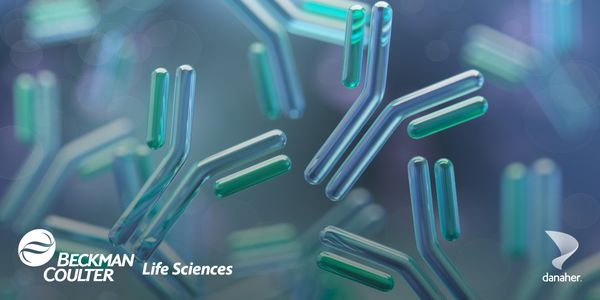Oscillations, deep brain stimulation and the functional network in Gilles de la Tourette syndrome
Gilles de la Tourette syndrome (GTS) is a neurodevelopmental disorder exhibiting both motor and behavioral impairment. Like most neuropsychiatric disorders, its pathophysiology has yet to be elucidated. Such disorders are best understood, nonetheless, by looking at the altered network dynamics confounding normal information processing. To this end, the cortico-basal ganglia–thalamo–cortical network (CBGTC), which is purported to be essential for action gating and the conversion of goal-directed behavior to automated behaviors, is fundamentally implicated in the pathophysiology of GTS, as well as many other neuropsychiatric disorders.
Often targeting the CBGTC, deep brain stimulation (DBS) – a relatively new therapy - has proven to be a successful application for the amelioration of refractory symptoms in various neuropsychiatric disorders, including GTS. Although its mechanism of action is not well understood, it is suggested to occur via the modulation of dysregulated networks. This theory is supported by the reports of correlation between improved symptomatology and the observed changes in synchronization of oscillatory rhythms. While these data consequently suggest an important role for oscillatory rhythms, the scope of these rhythms in the pathological network and the mechanisms which exact their modification in the improved disease state has yet to be determined.
In this talk, we will discover the strength of DBS as an investigative tool by examining recordings from the brains of GTS patients undergoing therapy. We will furthermore explore how alterations in the coordination matrix of the CBGTC network are reflected in the oscillatory dynamics correlated with therapeutic response to DBS, thus gleaning powerful new insights into the neuropathodynamics of the biological basis of this disorder.






